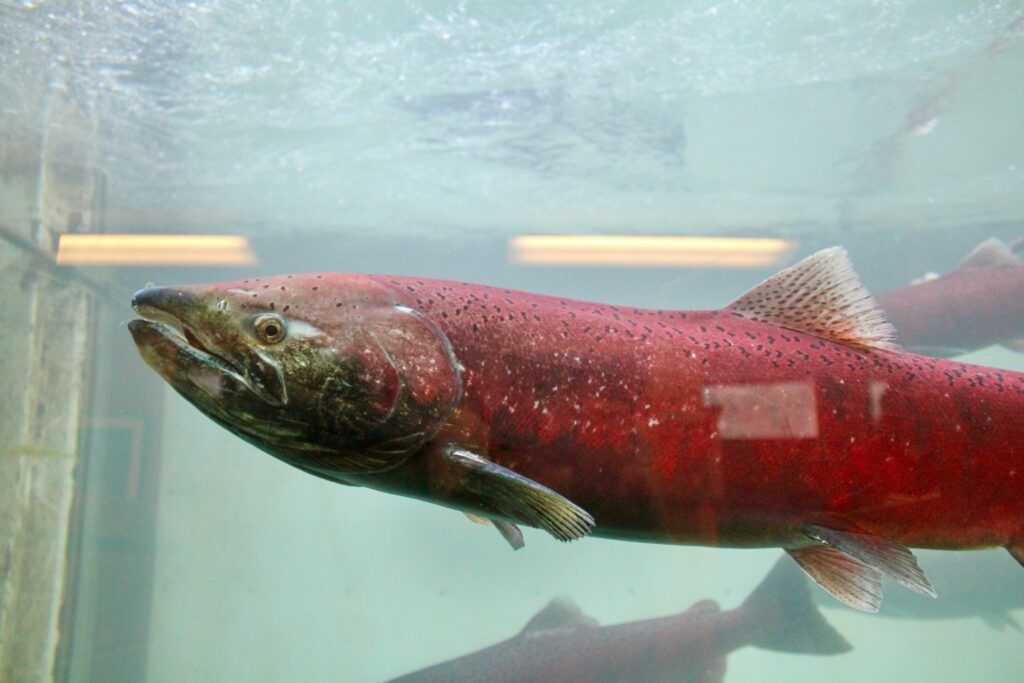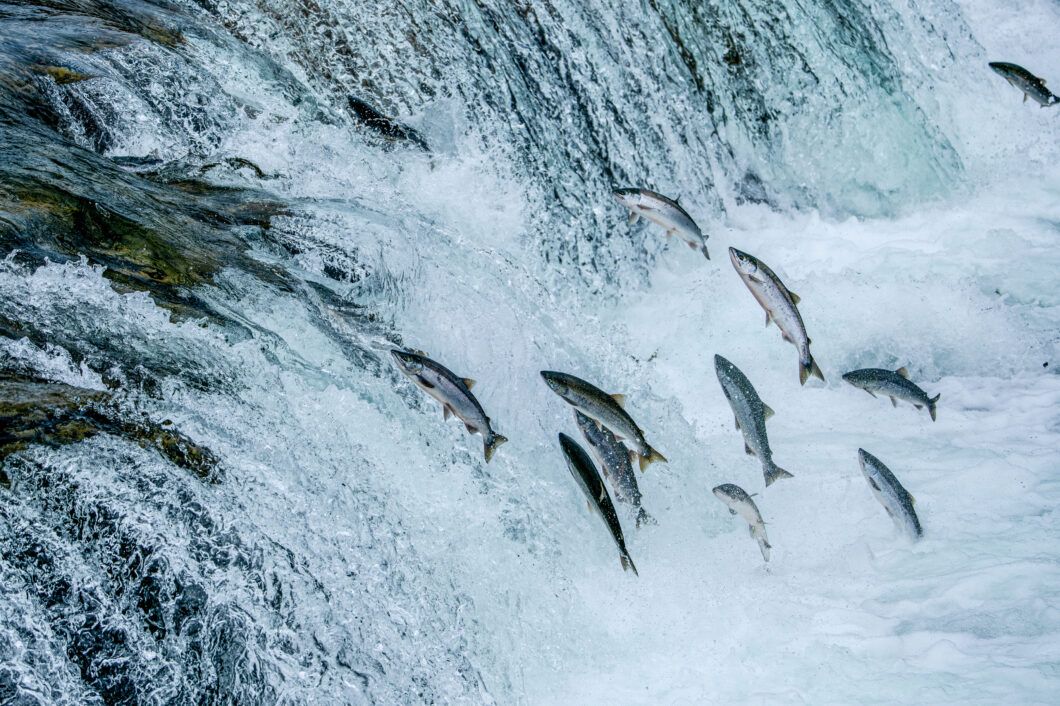This is a guest blog by William Twardek, Ph.D, R.P.Bio, and Kelcy Tousignant, MRM, B.Sc., Fisheries Biologist, Ecofish Research Ltd.
Hydropower, a renewable and dependable energy source, remains vital to Canada’s energy transition, and its capacity is anticipated to develop tremendously in the near future to meet growing demands. Hydropower development— of both new and existing projects—can have a significant influence on aquatic ecosystems, including fish and fish habitat. Canada’s regulatory framework—anchored by the Fisheries Act—plays a central role in managing how hydropower projects are developed and operated in ways that protect fish and their habitats.
Canada’s regulatory framework
The Fisheries Act prohibits any activity that causes the harmful alteration, disruption, or destruction (HADD) of fish habitat or the death of fish, unless authorized by Fisheries and Oceans Canada (DFO). Proponents are expected to follow the hierarchy of avoiding, then mitigating, and offsetting impacts to fish and fish habitat. This obligation extends beyond new infrastructure. Existing hydropower facilities—some of which have been operating for decades—are not exempt. In recent years, DFO has issued position statements outlining how these projects will be reviewed to achieve regulatory compliance and meet today’s environmental standards. This shift reflects growing recognition that modernizing hydropower operations can, and should, go hand-in-hand with the protection of aquatic ecosystems.
Fish passage – mitigating impacts
One of the most meaningful ways to mitigate impacts to fish in hydropower systems is through fish passage. This involves creating safe routes for fish to navigate both upstream and downstream of infrastructure to access important habitat. The first step in achieving this is to understand the local fish community and identify any sensitive species or life stages that may be impacted. Early engagement with DFO, Indigenous peoples and communities, and local organizations and stakeholders is key, helping to ensure the knowledge, values, and objectives of the communities who rely on and care for these ecosystems are embedded in project design from the outset.
After this initial phase of discussion, a review of existing information is completed to evaluate what additional studies may be needed to support decision-making. These studies will first seek to understand residual impacts to fish and fish habitat in the absence of a fish passage mitigation and provide high-level designs of various fish passage options. An options analysis allows pertinent criteria to be evaluated across potential fish passage solutions, optimizing outcomes for a given project. In some cases, a fish ladder or bypass system may be appropriate; in others, fish-friendly turbines or spillway modifications may offer better outcomes. The optimal solution is always site-specific—shaped by the biology of the fish species present, the design and operation of the facility, local environmental conditions, and the regulatory and social context. That’s where having expert guidance can make a big difference.
Navigating the current

At Ecofish Research Ltd., we’re proud to be a leader in this space. Our fish passage design and monitoring work is grounded in four core principles: scientific discipline, professional environmental ethics, business discipline, and social responsibility. With over 20 years of experience, we bring a strong understanding of fish biology, hydropower systems, and regulatory frameworks to every project, presenting clear, evidence-based recommendations to support decision-making.
For instance, at the Whitehorse Rapids Generating Station, a fish passage assessment was needed quickly to inform their Water Use Relicensing Project. We used cutting edge technology called Sensor Fish to efficiently and effectively study an at-risk population of Chinook Salmon, with results being well received by the proponent, regulator, and First Nations. We know that not every site requires the same level of evidence to support fish passage decisions. That’s why we tailor our monitoring and assessment approaches to meet the needs of each project, from entrainment risk assessments to the hydraulics of constructed fishways, and everything in between. Our work is always grounded in current best practices and innovative methods (e.g., literature review, telemetry, hydraulic modelling, hydroacoustics).
Canada requires significant investments in energy infrastructure to meet growing demands. As new projects are developed and existing projects come under review for modernization or expansion, the need for efficient and robust evidence-based solutions will only grow. By integrating ecological science, regulatory insight, and practical engineering, we can reach superior economic and socioecological outcomes for projects. Working together, we can navigate the current towards a future where hydropower and healthy aquatic ecosystems are achieved side by side.


